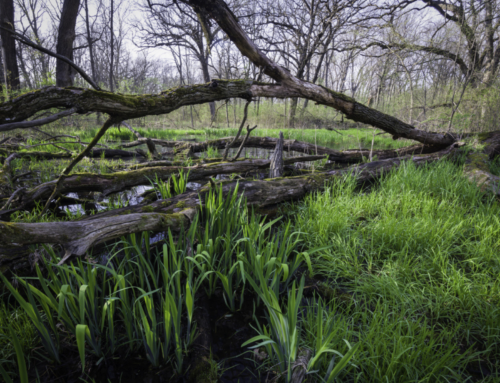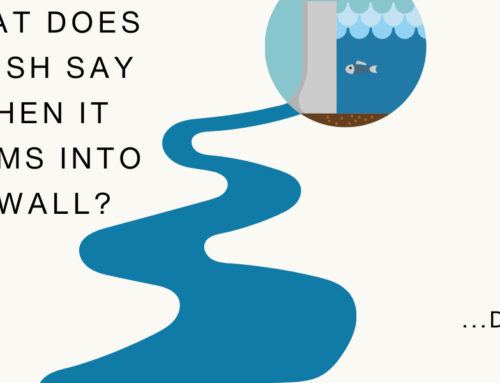Department of Energy and Environmental Protection
Environmental Protection Office of Adjudications
79 Elm Street
Hartford, CT 06106-5127
Re: Application No.: 202204934-IW
Dear Janice Deshais,
I am writing on behalf of the Connecticut River Conservancy (CRC) to submit comment regarding the Connecticut Airport Authority’s (CAA) application 202204934-IW for permit to conduct certain activities regulated by CGS §§ 22a-36 to 22a-45, inclusive (the “Inland wetlands and Watercourses Act”), pursuant to CGS § 22a-39. CRC is the principal nonprofit environmental advocate for protection, restoration, and sustainable use of the Connecticut River and its watershed. Protecting and restoring riverbanks is a main goal of our organization – and we have restored over 130 acres of floodplain along over 75,000 feet of river shoreline since 2011. At CRC, we believe that the CAA’s proposed activity of removal, topping, and pruning of trees over 33.8 acres of inland wetlands is a step in the wrong direction; but, if it is required for safety – we want to ensure that it is done in the most environmentally friendly way possible.
First, I want to acknowledge the CAA for hearing and listening to the concerns of citizens and environmental groups back in 2017. In particular, I am grateful to see that they have reduced the number of acres affected by these activities from over 40 to just over 30. That will make a big difference, and I appreciate the efforts to prevent unnecessary removal. I understand the need for airport safety, but the safety of our inland wetlands is also important to our ecosystems – so thank you for considering both.
Riverbank trees and shrubs are vital to improved water cleanliness, more stable riverbanks, and better fish and wildlife habitat for our rivers. Native trees filter polluted runoff and provide a buffer zone between our streams and land use. We are concerned that tree removal may lead to erosion along the Connecticut riverbanks, and that by removing native trees – there is a risk of letting non-native species thrive.
After reading through the Permit Application and Environmental Assessment, my team provides the following recommendations:
- Whenever possible, leave shorter trees where they are. The riverbanks of the Connecticut River are home to Silver Maple, Eastern Cottonwood and Sycamore trees – all of which provide habitats, filter water runoff and stabilize the banks. If they are under 20 feet – we ask the CAA to let them stay.
- Plant native shrubs and small trees wherever the large trees are cut. Removing large trees will create an open space very susceptible to the spread of non-native species – including multi-flora rose which is already present on the site. Depending on the site conditions – there are native wetland species like Shrub Willow (Salix species), Silky Dogwood (Cornus ammonum) or upland species such as Viburnus (Viburnum species) and Common Elderberry (Sambucus canadensis). These species do not grow very tall and would provide important food and shelter for numerous pollinators, birds, and other native wildlife, and would help protect the area from further non-native plant spread.
- We insist that the CAA not plant any non-native trees or non-native shrubs in the area. In addition, they should only plant species appropriate to the habitats being planted.
- We urge the CAA to uphold their agreements with all landowners and to operate in compliance with local and state regulations.
Thank you for the opportunity to provide feedback on the CAA’s application for permit.
Sincerely,
Rhea Drozdenko
River Steward, Connecticut
Connecticut River Conservancy







